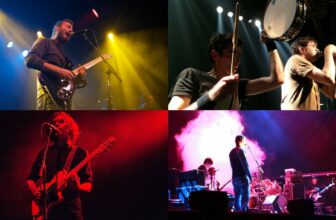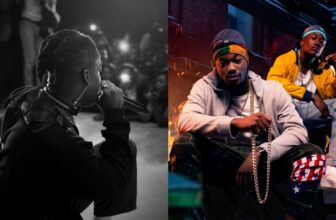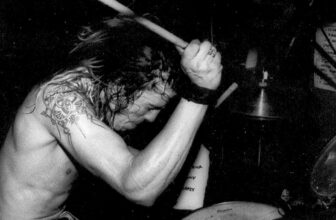What is Drill Music?
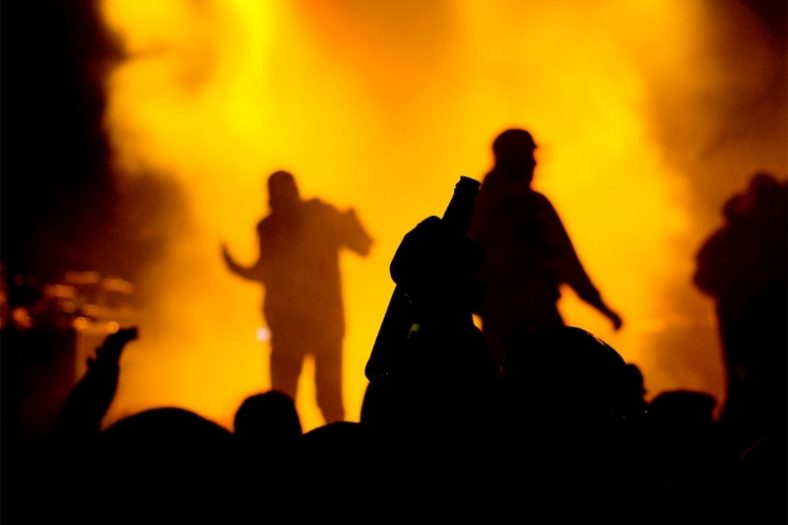
One of the more popular music genres that we often hear today is Drill Music. But since it is a pretty new genre, not everybody knows what it actually is.
Drill music is a variation of Trap music, which is a subgenre in hip-hop. The first examples of the genre were created in the early 2010s in Chicago. It is heavily influenced by trap music which can, but the lyrical content is much more dark and violent compared to trap.
Like trap music, drill music has dark, slow energy and tells. The genre is very aggressive, violent, and dark. Furthermore, guns and shootings are regular parts of this culture which are often shown in the videoclips of the songs.
The name drill actually tells a lot about the genre. “Drill” means doing a hit in American slang. Although the genre was created in the U.S.A. underground scene and became popular all around the country, especially when rappers like Kanye and Drake embraced it, nowadays the drill scene can be found in many countries such as the U.K., Australia, the Netherlands, and many more.
In short, Drill music is a form of trap music and is a subgenre of hip-hop. However, Drill is not shaped by a particular music production style. Instead, it can be understood with the entirety of the culture which includes, the lyrics, the dances, the symbols, the terminology, and, of course, the music itself.
Contents
Where Did Drill Music Come From?
The Drill genre came into the music scene in the early 2010s in Chicago. Back then, trap music from Atalanta was getting more and more popular in the country. Some rappers from Chicago started using the elements of trap music, synthesizing them with the Chicago culture.
The genre is heavily influenced by the trap music in Atalanta and some artists like Gucci Mane and Waka Flocka Flame. But the characteristics of Drill music are shaped and finalized by the culture of the undergrounds of Chicago.
The chaos and violence and their results, especially in the neighborhoods of South Chicago where the so-called “Dro City” in Woodlawn Community is located, became the heart of the genre. This is the reason behind the aggressive, violent, and gritty sound and lyrics of the tunes.
The name “Drill” came from the Dro City rapper PacMan when he talked about a shooting calling it a “Drill.” His 2010 song “It’s A Drill” tells about this shooting which later became the pioneer song of a new genre.
After PacMan’s song opened the way to a new sound and narrative for other artists, some rappers like Chief Keef and Kanye West followed in his footsteps to release the song “I Don’t Like,” which made Drill music famous nationwide.
When the single received highly positive feedback, Keef collaborated with another Drill artist King Louie for the recording of Kanye West’s 2013 album Yeezus. Drill Music was getting a huge hype, and many rappers, such as Lil Durk, Lil Reese, G Herbo, and Fredo Santina, have benefited from it, making the genre a dominant culture in the U.S.A. hip-hop music scene.
After that point, Drill Music was getting more and more attention from international borders. The first country to embrace it was the U.K. They put the elements from British gangsta-rap, roadrap, U.K. garage, and grime together with Chicago’s Drill creating the U.K. Drill. In 2012 British rappers started producing their own version of Drill music with faster beats and sliding bass lines.
Just like the Chicago Drill culture, the U.K. drill also feeds from the violent life in poor neighborhoods like Brixton in South London. It also spread to many other countries later, like the Netherlands and Australia. U.K. Drill also influenced Brooklyn as many artists from the area followed the British Drill culture.
In recent years, Drill music has been prominent in many countries as a subculture. Although there are different spices in every country’s own version of Drill, the narrative and the culture are always similar: gangsta-life, crimes, money, and violence.
What Does Drill Music Sound Like?
The Drill music can generally be described as dark, nihilistic, and violent. It uses dark trap-like beats and production style along with rapped lyrics originated from the real-life gangster crime scenes, which are often menacing and violent.
What Are The Characteristics Of Drill Music?
Lyrics
The most apparent characteristic of Drill Music is its lyrics, as mentioned before. The lyrics tell the stories of gangsta life in poor neighborhoods and often talk about violence, crimes, power, and money. Drill artists tend to use direct language without any wordplays or metaphors.
Although the lyrics are often similar, the international Drill Music opened the doors of broader lyrical possibilities, slightly shifting focus from violence to a broader perspective.
Flow
The first examples of Drill Music originated from Chicago, often using a deadpan voice, showing no emotions. The lyrics are rapped in a monotone way to make the tune sound darker. Occasionally, they also prefer to auto-tune to create a cold-sounding rap. However, the U.K. Drill artists do not use auto-tunes, believing it kills the expressiveness.
Production
There are slightly different approaches in terms of production in Drill music. The Chicago Drill music often used a similar production style to trap music. The producers prefer 808 drum machine beats, in around 70 B.P.M. along with dark-sounding melodies and simple yet attractive production style.
On the other hand, U.K. artists go with a style that is more focused on melodies and faster beats, while Brooklyn Drill artists prefer warmer and louder production styles.
Who Are Some Of The Popular Drill Artists?
Chief Keef
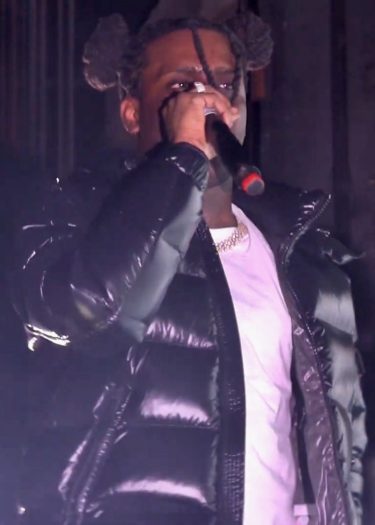
Chief Keef is considered the artist who made Drill music popular as he is the first nationwide famous drill artist. His songs like “I Don’t Like” are the first drill music examples that created the foundations of the genre. His choice of dark lyrics and simple production style inspired by trap music influenced many other artists to follow his steps.
King Louie
One of the first Drill artists was King Louie in the early 2010s. The first Drill artist is considered to be PacMan, and King Louie comes just after him. He was a locally famous rapper in Chicago before he worked with Kanye West for his Yeezus album. His song “Gumbo Mobsters,” which was released a year before Chief Keef’s breakthrough, is one of the earliest examples of the genre.
Lil Bibby
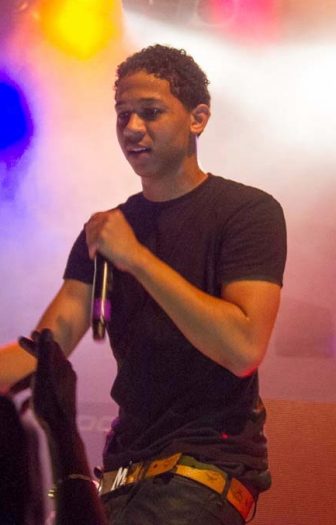
Another Chicago artist Lil Bibby came to the Drill music scene back in 2013 and got attention with its debut album. His single “Kill Shit” defines his style perfectly, which can be described as a song with dark and disturbing lyrics along with an energetic flow.
Pop Smoke
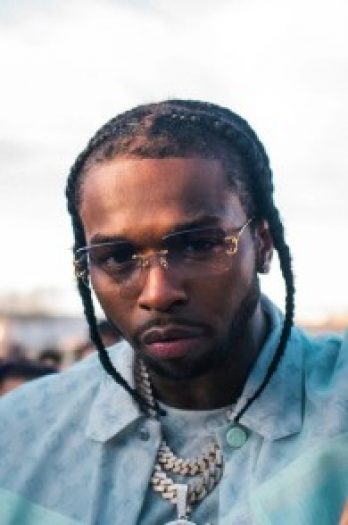
One of the famous figures of the Brooklyn Drill scene was Pop Smoke, who got shot and killed in an attack in 2020 when he was 20 years old. His tunes like “Welcome To The Party” and “Dior” are some of the most famous songs in the Brooklyn Drill scene.
Katie Got Bandz
Katie Got Bandz is one of the rare female Drill artists. Born and raised there, Katie is an important figure in the Chicago drill scene, and her songs like “I Need a Hitta” and “Pop Out” are considered genre classics.
How Can You Tell If A Song Is A Drill?
The Drill music can easily be recognized by its violent and nihilistic lyrics and menacing trap-influenced beats. Although there are nuances in Drill music characteristics among different cultures, the foundations are always the same.
What Are The Differences Between Drill And Grime?
Drill and grime are pretty similar genres, yet there are some differences between them. Drill music tends to feature more extreme topics in its lyrical content. In terms of music, grime has faster beats, and the focus is more on the rhythm and beats, while drill music is generally slower and more melody-focused.
With their faster beats, the U.K. Drill and grime are much more similar, which is the reason the U.K. Drill is called the new grime.
Chief Keef – Image by: glenjamn3, CC BY 3.0, via Wikimedia Commons
Lil Bibby – Image by: The Come Up Show, CC BY 2.0, via Wikimedia Commons
Pop Smoke – Image by: By [1], Link

